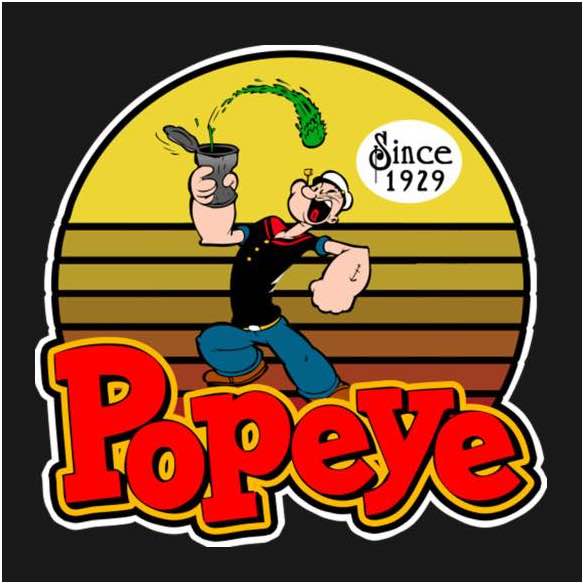The TuneLings platform was invented to enable skilled musicians to earn income, by teaching what they know to others. But an income stream isn’t the only benefit for authors; making TuneLings will make you a better musician.
Making TuneLings is to musicianship, as spinach is to Popeye.
Obviously, if a TuneLing is made for a song by its own composer, the author doesn’t need to figure it out in order to describe it in terms of rhythm, chords, and so forth. But more often, TuneLings are made by someone else, and that author must precisely transcribe the rhythm, harmony, melody, and lyrics. The requirement that TuneLings are made by people with skill – instead of software and machines – is why TuneLings don’t suck.
So what disciplines are in play when you make a TuneLing?
- Rhythm: you need understand beats, bars, and how time signatures express them. You need to physically tap out rhythm as the song plays, with some precision. You don’t tap each beat, but rather just the first beat (the “1”) of each bar. Mixed meter is easily accommodated, so you need to recognize when it’s used.
- Harmony: you need to know which chords are played. This can be easy or challenging, but the challenging songs that are the most fun, and most satisfying. Your ears will become increasingly well-trained to recognize harmony.
- Melody: you need to represent melody, as finger placement on the neck of an instrument, and you can always show it more than one way, if you choose. Most TuneLings don’t need to represent instrumental melody at all, as correct chords are inevitably the most sought-after information. But when you do, you need to show people where to put their fingers in a playable way – something that standard musical notation can’t do!
- Lyrics: Much of what’s available on lyrics websites is sloppy, inaccurate to the point of incoherence, and with missing or incorrect credits. TuneLings give the author the tools to get it right, and you’ll find your ability to decode what a singer is saying will improve over time. And when we’re working directly with the artist (as we often do), we honor their work by giving them editorial control over the TuneLing’s content.
- Multiple instruments: It’s easy for a guitar player to make a TuneLing, then add equivalent parts for other instruments like, for example, ukulele or mandolin. You might find yourself picking up skills chops on a new instrument.
- Judgement calls: A guiding principle is that because TuneLings are based on specifc recordings, they should reflect those recordings as accurately as possible. But there are times when your judgement might be required to represent something difficult, so that a less-skilled player can still play a song, even if it’s not exactly the same way as the artist who recorded it. This makes you think about what’s necessary, and what’s not. But since a TuneLing can show an unlimited number of ways to play, it can include not just the most accurate representation, but simplified “Views” as well, so everyone gets to play.
- Songwriting: Making TuneLings brings you inside the head of the songwriter – which is often surprising. Listening to a song for pleasure is not nearly the same as transcribing it. Transcribing forces you to notice details, patterns, clever tricks and more, that songwriters employ. Annotating song structure just naturally falls out of the process, adding unique value for learners. And if you write songs yourself – you might find that your own musical “vocabulary” has expanded, after knocking out a few TuneLings for someone else’s music.
Finally, while our Prime Directive is to create new ways for hard-working musicians to get paid, it’s important to know that it’s fun and satisfying to make a great TuneLing, and it’ll also make you a better musician.
So players, if you’re so inclined, please visit this page, and if you want to give it a try, please contact us! We’ll give you as much direct, fast and free support as we possibly can!
